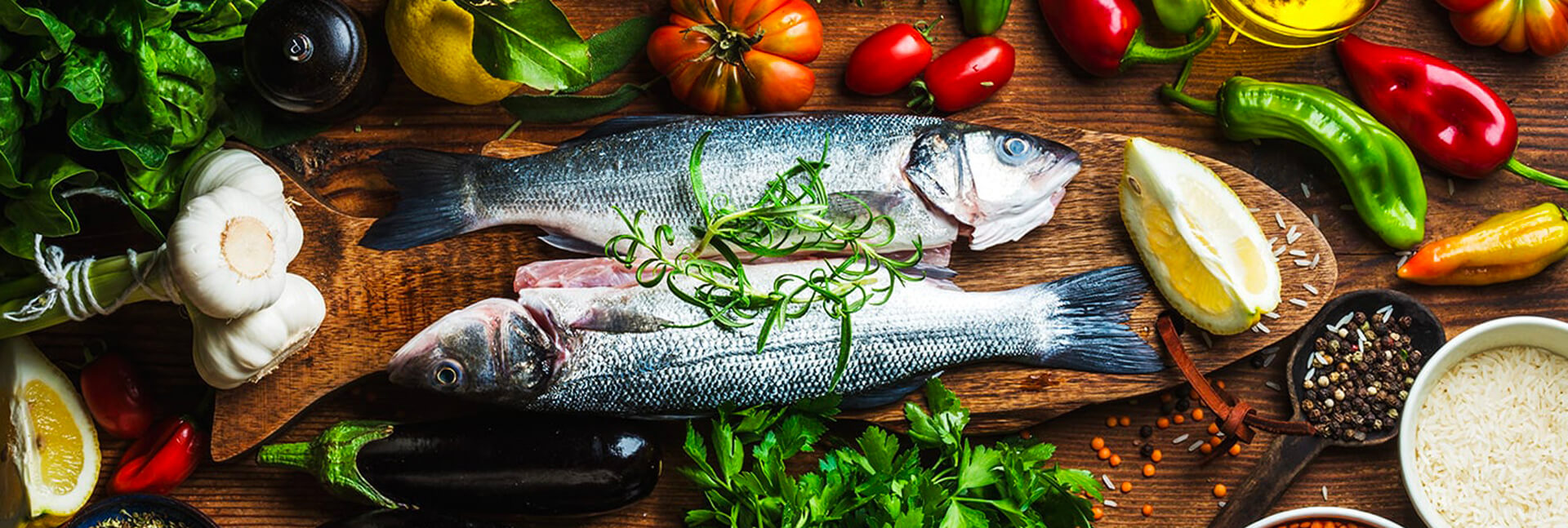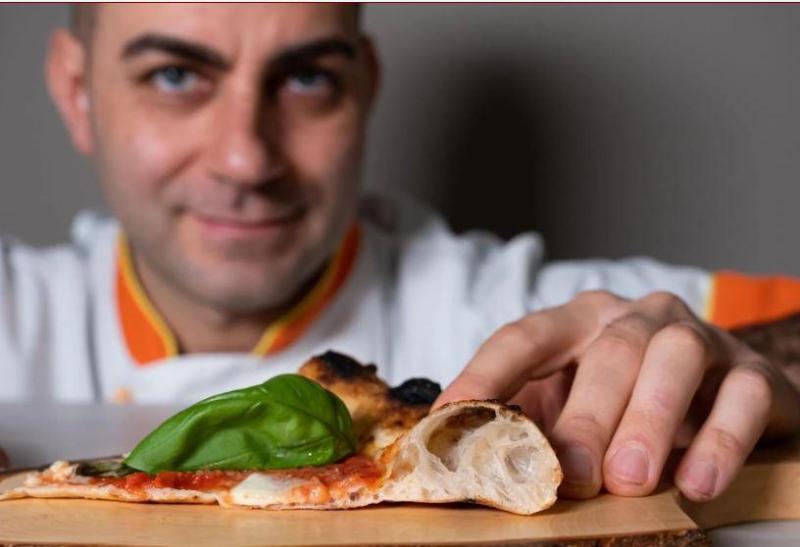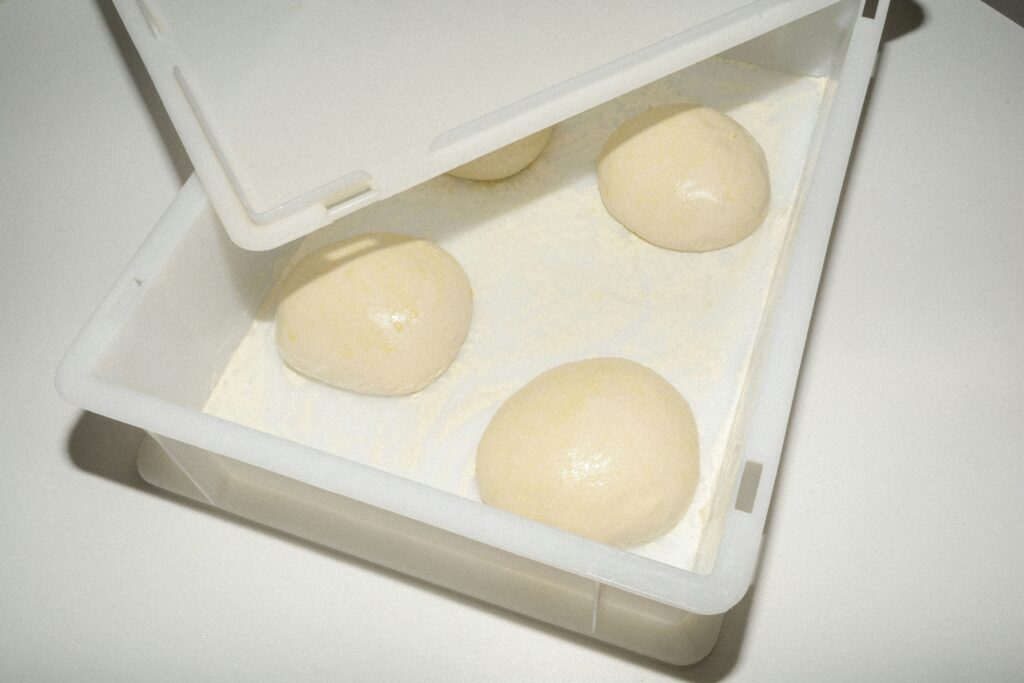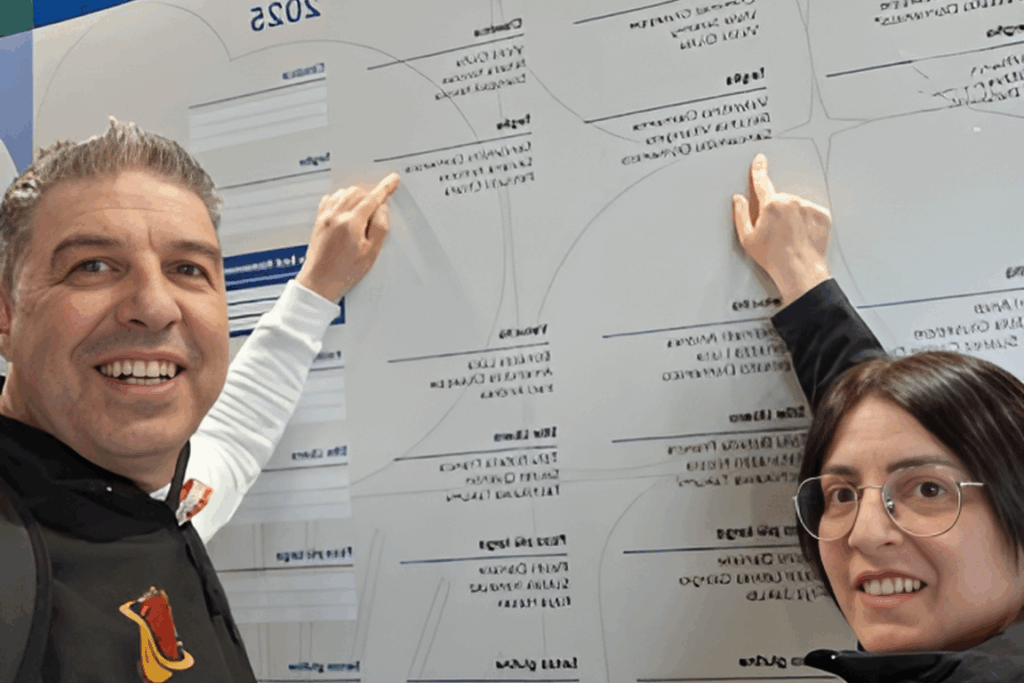
Why is the Mediterranean diet considered to be one of the best in the world? Let’s find out it through the journey and studies of Mr. and Mrs. Keys.
Coming from the States, more precisely from Minneapolis, Ancel and Margaret Keys discovered the secrets of longevity of the Mare Nostrum (Mediterranean Sea) communities and created the Mediterranean Diet.
They decided to build their summer home in Cilento, in Pioppi. From that house they could see the ancient Velia, the city where Parmenides and Zeno originated the Eleatic culture. Because of this mixture of emotions between the name of their land of origin and that of the reason for existence of Western culture, they named their home in Campania Minnelea. It was right here, in this house, that they discovered and valued the products, the preparation techniques, the organization of meals and the ritual planning that are the basis of the Mediterranean Diet.
Ancel Keys in 1961 won the cover of Time magazine as “man of the year”. In fact, through his studies, he discovered the effects of cholesterol, connecting diet and health for the first time after centuries of scientism. Keys came to this discovery in a completely accidental way. According to anthropologist Elisabetta Moro, who directs with Marino Niola the MedEatResearch, Center for Social Research on the Mediterranean Diet at the University “Suor Orsola Benincasa” in Naples, «The first step in the discovery of the Mediterranean Diet was in 1951, when Ancel Keys arrived in Rome invited by FAO. On that occasion, the FAO had organized a large conference to reorganize the nutrition system of the whole Europe, which had just come out of World War II. At the time, Keys was the most famous nutritionist and physiologist in the world because he had invented K-Ration, the U.S. Army’s food ration, initially created for paratroopers but later adopted by all soldiers because of its convenience. Ration K was a food kit for surviving a couple of days. He was not only famous for this but also for the extremely important study “The biology of human starvation” on the effects of hunger on our body, which is still unsurpassed today. It was for these two reasons that Keys was invited to chair the inaugural session and found himself with all his colleagues talking about nutritional deficiencies». Nonetheless, Keys was particularly concerned for one reason, namely the fact that 50% of adult American males in 1951 were dying of heart attacks. He therefore put this issue on the table for his colleagues, but no one realized that soon afterwards the American problem would become the problem of the entire World. No one paid any attention to him, except Gino Bergami, a young Neapolitan doctor who explained to Keys the reason behind that lack of interest by the scientific community. So, he revealed to the professor that in Naples, for example, there had been only extremely rare cases of myocardial infarctions. On his return to Oxford, where he was on sabbatical, Keys decided to send a telegram to Bergami asking him if what he had said was really true. Elisabetta Moro writes: «And Bergami answered him with another telegram: “Sure professor, but come and check for yourself”. In a further telegram Ancel Keys said: “We are coming”. In that ‘we are’ is the key to this story». Keys arrived to Naples with his wife Margaret and in 1951 he worked with her on the screening of the Neapolitan male population between 39 and 59 years old, choosing the less wealthy social class formed by traffic policemen and Italsider workers. Through blood tests, Mr. and Mrs. Keys discovered that the discriminating factor between Americans and Neapolitans was cholesterol. From 1957, Keys focused on these themes with the Seven Countries Study (involving Italy, USA, Finland, Yugoslavia, Japan, Holland and Greece), in order to compare the lifestyles of these nations. From that moment on, his passion for Italy increased more and more.

The first results of the studies carried out by Mr. and Mrs. Keys appeared in American bookshops in 1959 when “Eat Well and Stay Well” was published. A few years later, in 1967, Keys published a monograph dedicated to the “protein alternative” to meat, namely legumes, especially beans. “The benevolent bean” is rightly considered one of the three cornerstones of research on the “Mediterranean”. In 1975, to close the trilogy, “How to eat well and stay well. The Mediterranean Way” was published. It was a new edition of the first book expanded, revised and updated with many recipes. In this volume, not only the “Mediterranean Diet” appears in the title, but from every page emerges the “Mediterranean way of life” that fascinated Keys. Diet is a term that is too often used with a privative meaning, but it is absolutely unlikely that this was actually the meaning Keys attributed to it. Just think that scientific narration gives way to popularization but above all to the stories of the Cilento communities, which are ante-litteram “slow food” communities. Diet is therefore a noun that Keys uses with the very ancient Greek sense of “home” but also of “lifestyle”. This is the reason why it will continue to be a “nice word” for us. The cuisine described in Keys’ books is free of sweets made with refined sugars, but not free of sweetness. In fact, the festive dishes appear, and we know that “the professor” loved the sweetness of the Cilento “dottato” fig (today the “monnato” fig is a Slow Food Presidium), which he ate every night before going to sleep. This is confirmed by Delia Morinelli, Keys’ cook, to whom we owe many anecdotes about the most beloved couple of the Mediterranean and also many of the recipes found in the book.

Many times I thought I would have liked to live next to the Keys and discover their passions. Maybe it’s because, listening to Delia Morinelli in the interview collected by Elisabetta Moro for the Virtual Museum of the Mediterranean Diet or meeting the centenarians, now very numerous in Cilento, I realized the extraordinary human qualities of the “American professor” (as they still call him in Campania). These qualities allowed him to explore the basics of “Mediterranean” far beyond food and, above all, to imprint an indelible mark in the hearts of the local people. The Mediterranean Diet, however, is not something untouchable and perhaps that is exactly its strength. Keys made us understand that it is not necessary to feed everyone in the same way forever, but it is essential to be able to innovate. To achieve that, it is more important to have an active mind than a full wallet (paraphrasing journalist Simran Sethi, author of “Bread Wine Chocolate”). For this reason, Marino Niola and Elisabetta Moro, together with Andrea Segrè and Pierluigi Petrillo, recently wrote a book dedicated to those who want to discover “the secrets of the Mediterranean Diet”. Other than tracing the social history of the Keys discovery, the book has a very large section of recipes where contemporary recipes of the Mediterranean Diet are presented according to the voices of the chefs of Slow Food Osterie d’Italia and the starred chefs of the Michelin guide. Thus, next to the baccalà vesuviano (Vesuvius cod) of Angelina Ceriello at ‘E curti in Sant’Anastasia, there is the triglia con fave e cicoria (goatfish with fava beans and chicory) of Alessandra Civilla in Lecce. Moreover, the Mediterranean Diet is not even a southern matter, as people have tried to say over the years, because it is protected and promoted by the starred chef from Ischia, Nino Di Costanzo, as well as by the Florentine thinker chef Fabio Picchi. In short, the Mediterranean Diet is a World Human Heritage (recognized by UNESCO on November 10, 2010) precisely because with our daily habits we can defend and promote it, becoming its ambassadors.
We’ve come to the end and we haven’t talked about any food or nutritional advice. Forgive me for being so frank, but you can find that written all over the place. My advice is to start here.



